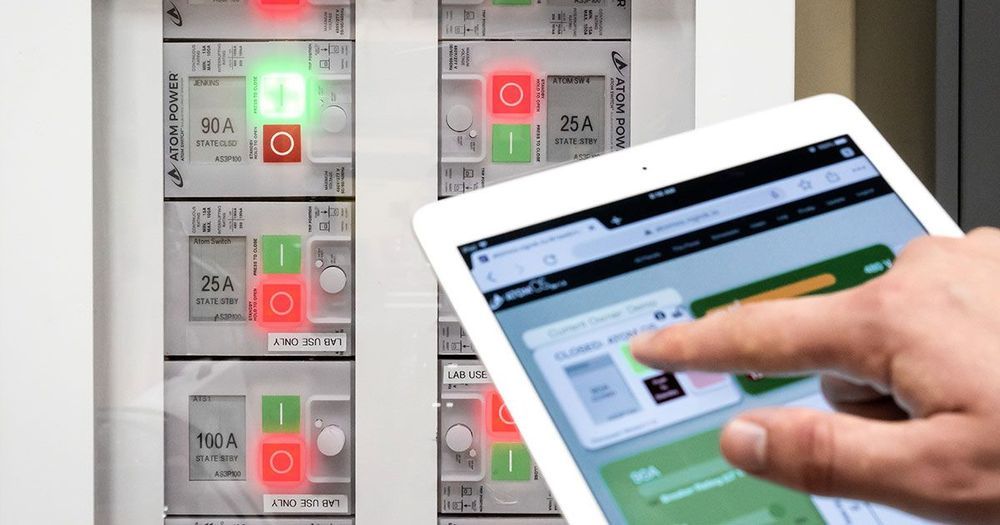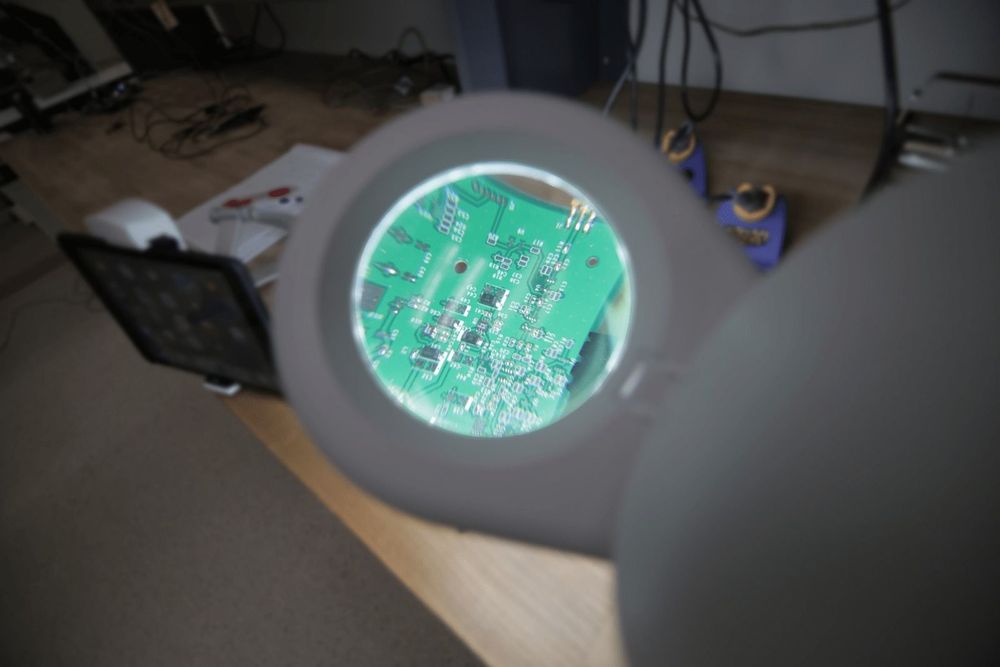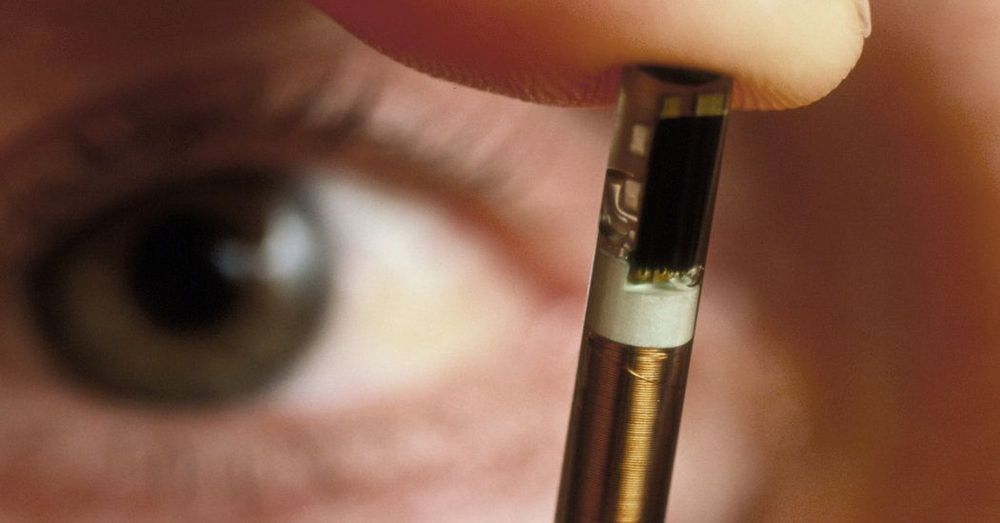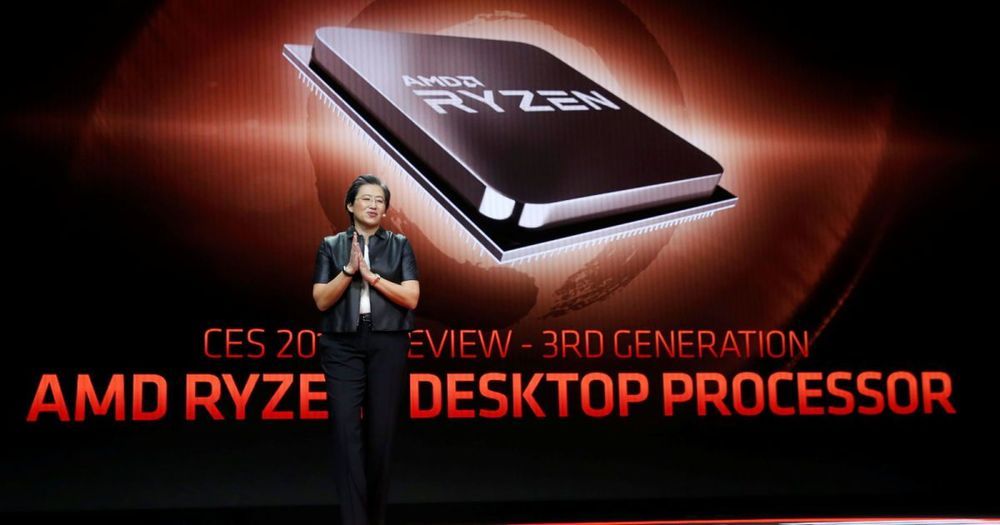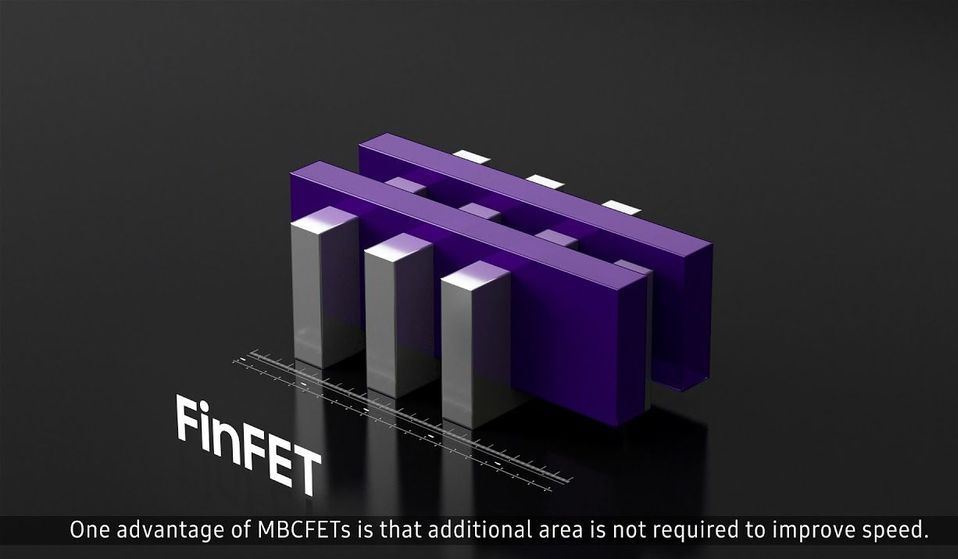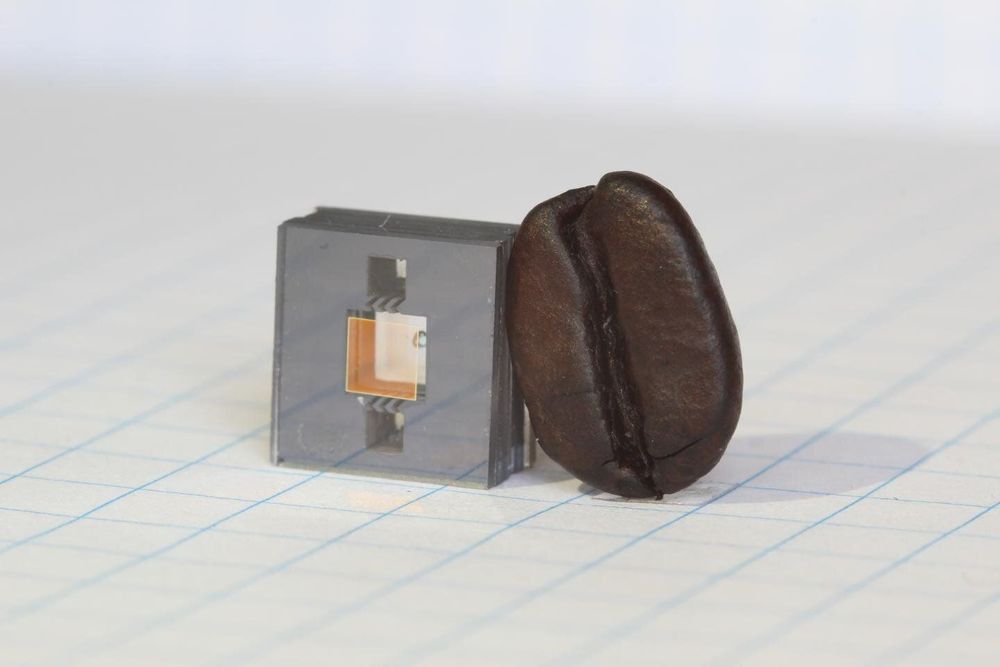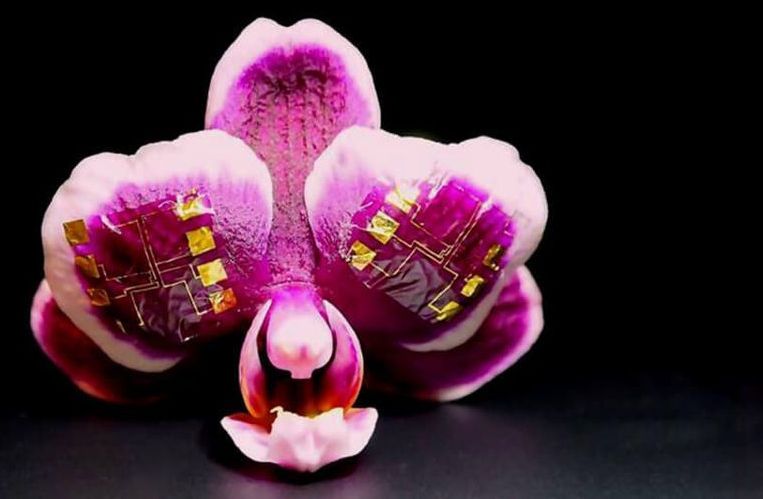In the dark, dank depths of your home basement hangs a drab gray box that guards the building’s electrical circuits. The circuit breakers inside switch off current flow when there is risk of an overload or short circuit, keeping you safe from fires or electrocution. It’s a critical job, and one that breakers have been doing with a fairly simple, 140-year-old electromechanical technology.
But circuit breakers are about to get a digital overhaul. New semiconductor breakers that combine computing power and wireless connectivity could become the hub of smart, energy-efficient buildings of the future.
“It’s like going from a telephone that just makes calls to a smartphone with capabilities we’d never imagined before,” says Ryan Kennedy, CEO and co-founder of Atom Power in Charlotte, North Carolina. “This is a platform that changes everything in power systems.”
